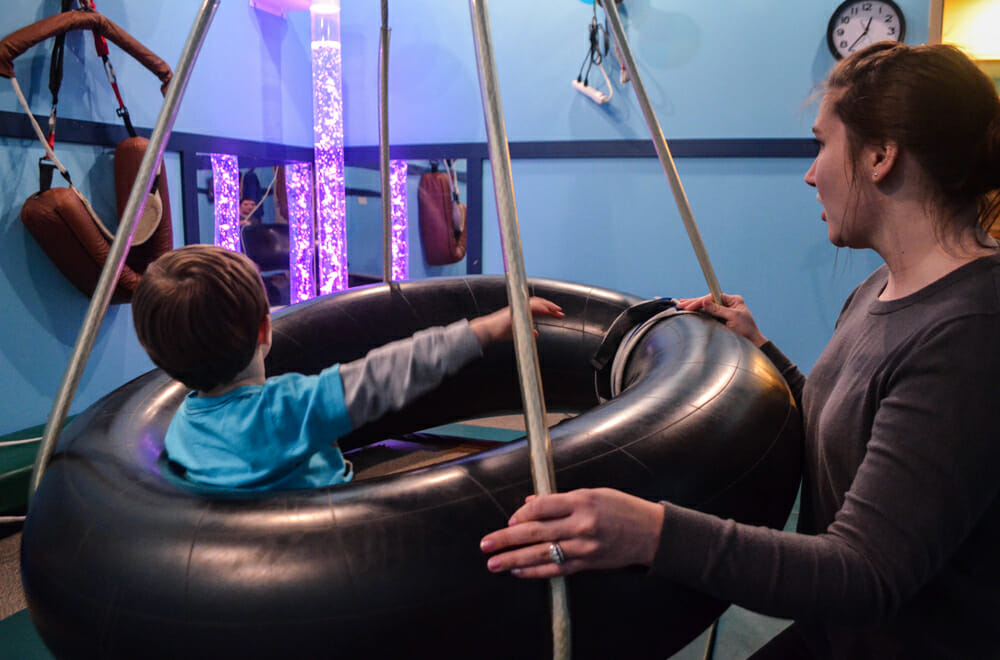Often, parents want to know what the difference is between occupational therapy and physical therapy. Should your child see an OT, a PT, or both, and if so, why? I’m here today to help clarify how they are similar, but more importantly, how they are different!
It can seem confusing at times, because the roles of a physical therapist and an occupational therapist frequently overlap. Both an OT and PT look at a child’s positioning, safety, muscle tone, strength, endurance, flexibility, and range of motion within various contexts (home, school, community, etc.) to better help a child become an independent participant in their everyday lives. Both therapies use modification and adaptation techniques to better improve a child’s participation in purposeful activities, while improving the child’s overall quality of life, and finally, both occupational and physical therapists work together with parent and child to develop and achieve goals.
Occupational therapy will help a child develop increased fine motor skills that enable him/her to write, color, use eating utensils, manipulate a pencil, or open containers or packages, to name a few. Occupational therapy will also help a child in areas of self-care such as bathing, dressing, grooming, feeding, etc. Along with fine motor and self-care skills, occupational therapists may work on increasing a child’s visual motor, cognition and decision-making skills, as well as sensory processing skills (sensory processing refers to how a child manages and uses information from his/her environments and surroundings).
Physical therapists focus on providing a child with skills in the areas of mobility and gross motor skills that will help him/her engage in daily activities to the best of their ability. Some mobility and gross motor tasks that physical therapists work on include helping a child walk, crawl, jump, stand, kick and skip. Physical therapists can also work on increasing a child’s balance and coordination.
Have questions or want further clarification about what type of therapy would be best for your child? Contact us for a free consultation.
Ieasha Woods-Akins, Occupational Therapist








